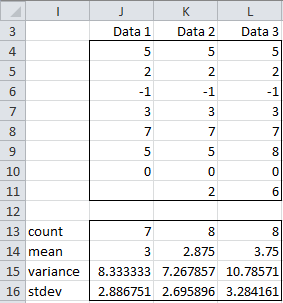

Vaginal lactobacilli produce several target-specific antimicrobial factors, including bacteriocins, bacteriocins-like substances, and selective ligands.

We believe these findings make protection by H 2O 2 implausible in vivo. Furthermore, VF has sufficient anti-oxidant activity to block the microbicidal activity of H 2O 2 even when H 2O 2 is supplied at concentrations much higher than lactobacilli are capable of producing. Even with extended aerobic exposures in vitro, the mean H 2O 2 concentration achieved by lactobacilli in vaginal fluid (VF) was only 23 μM ± 5 μM, approximately 100-fold lower than the concentration of H 2O 2 achieved by lactobacilli under aerobic in vitro conditions in the absence of anti-oxidants.

However, recent work in our laboratory has shown that under the hypoxic conditions that generally prevail in the vagina, H 2O 2 production by vaginal lactobacilli is undetectable (detection threshold 10 nM). Lactobacilli strains that produce H 2O 2 are now being selected for developing vaginal probiotics. Additionally, H 2O 2-producing lactobacilli were shown to inactivate several species of BV-associated bacteria under aerobic in vitro conditions and in the absence of the anti-oxidants present in physiological fluids. Women with H 2O 2-producing lactobacilli are less likely to have BV than are women without H 2O 2-producing lactobacilli. Since hydrogen peroxide (H 2O 2) is a broad-spectrum microbicidal disinfectant, the ability of some strains of lactobacilli to produce H 2O 2 suggested that these strains might help prevent BV.

Bacterial vaginosis (BV) is a common, frequently recurrent condition in which a relatively sparse, lactobacilli-dominated vaginal microbial community is replaced by a dense mixture of Gram-variable and Gram-negative bacteria.


 0 kommentar(er)
0 kommentar(er)
